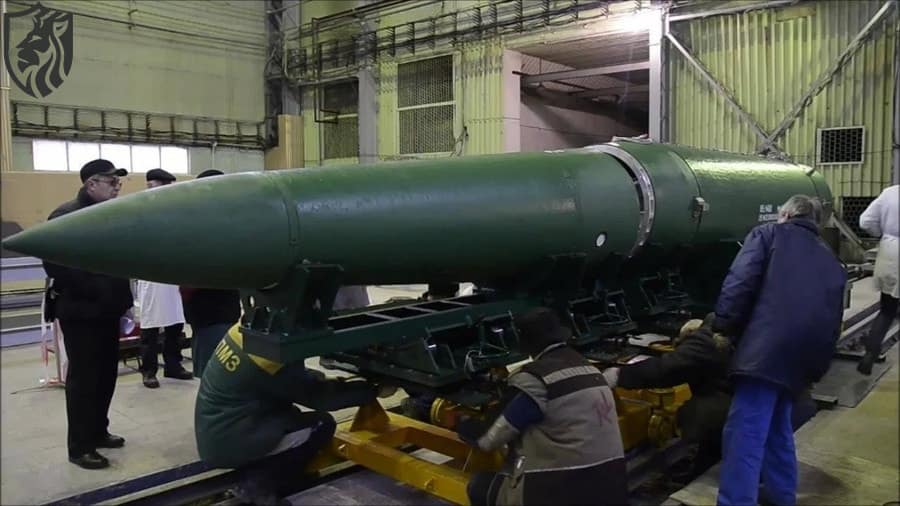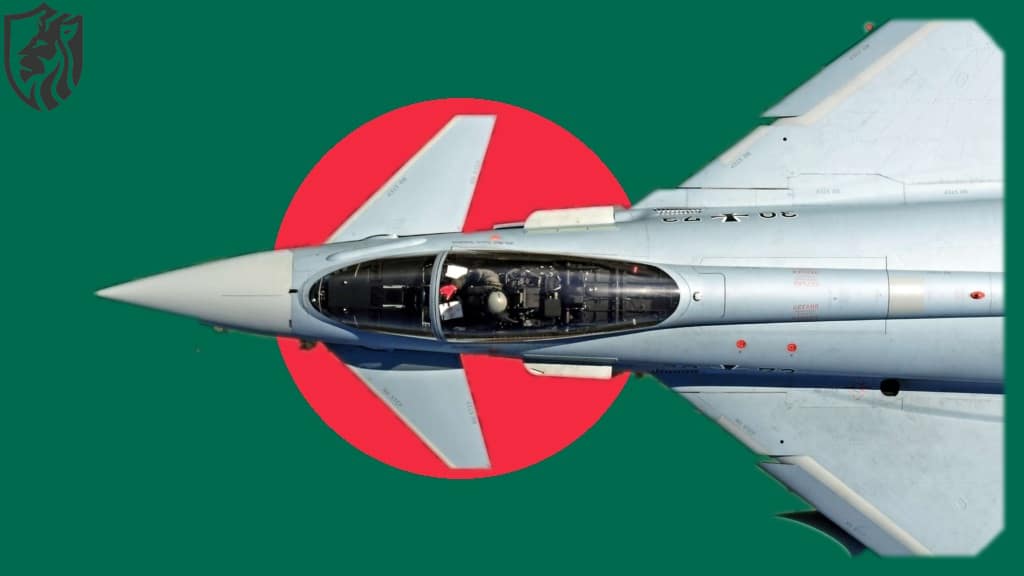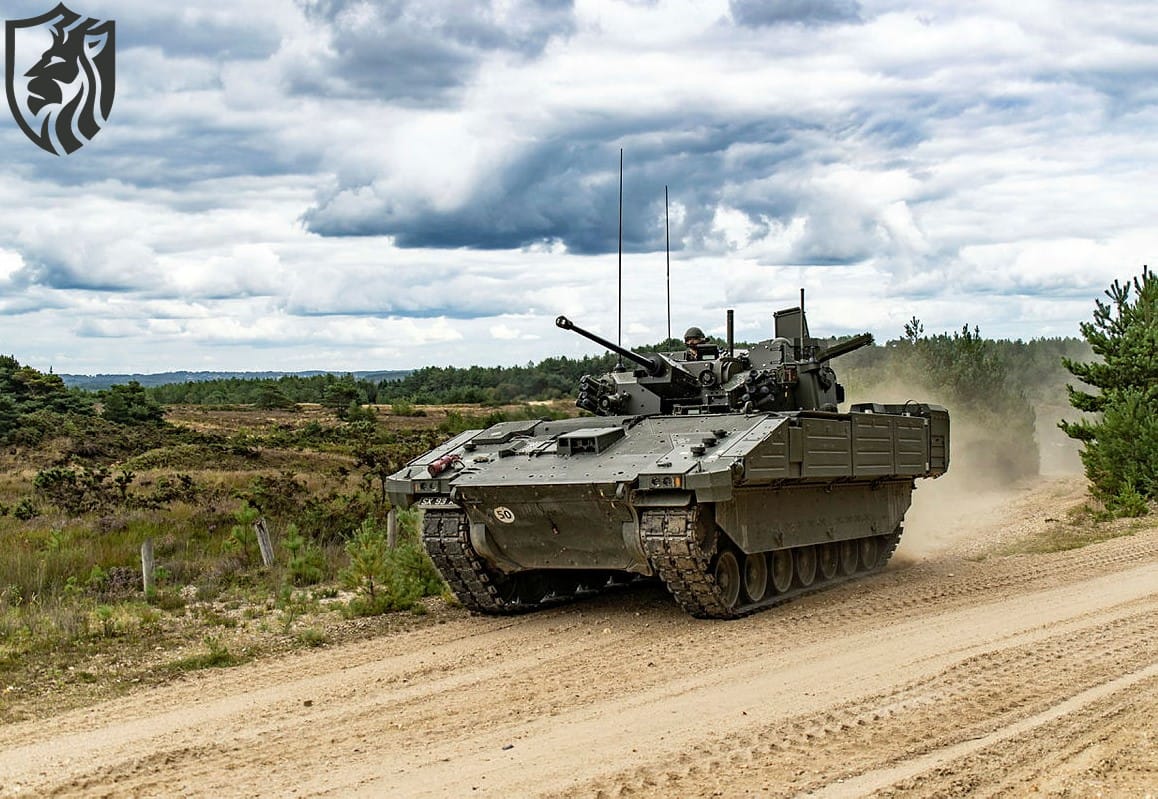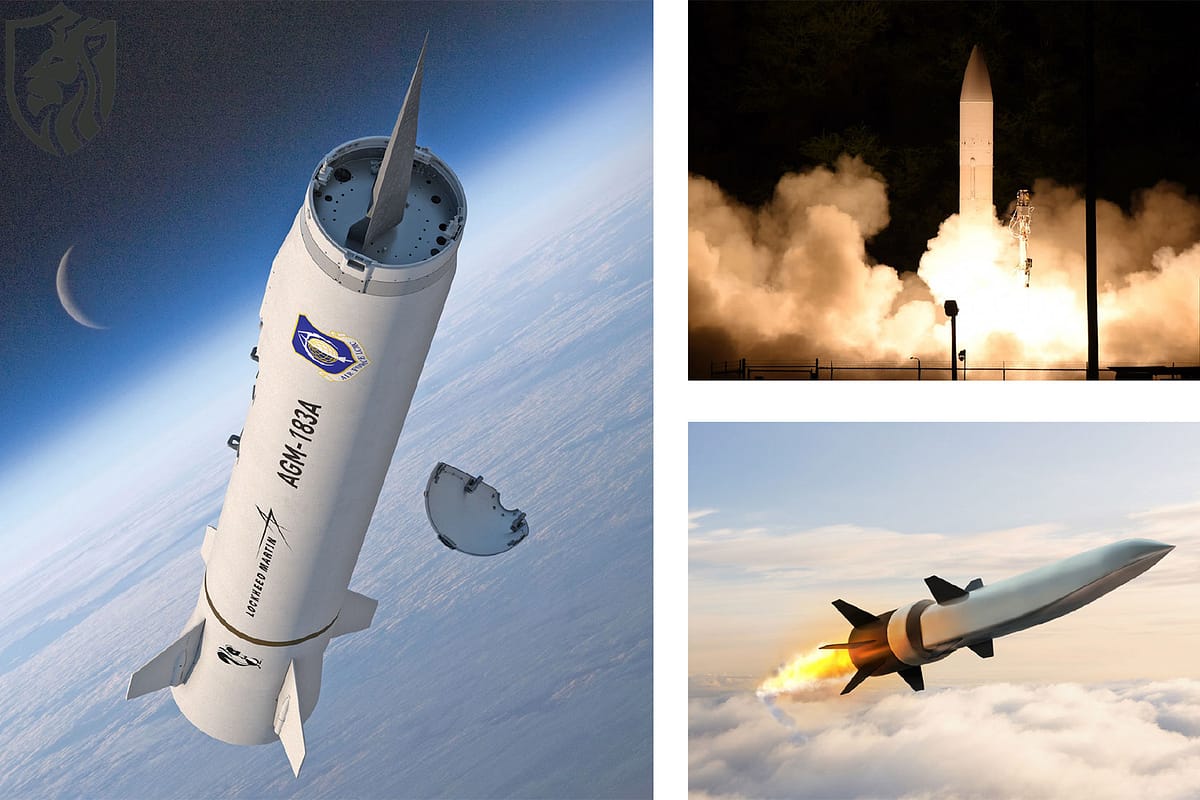
Hypersonic Missiles
When “Energy beats Explosives”
Hypersonic flight turns velocity into destructive power. The simple formula, KE = ½ m v², shows why. Because velocity is squared, speed dominates outcomes. At 5 km/s, each kilogram carries ~12.5 MJ—about the blast energy of 3 kg of TNT. A 1,000 kg body at that speed releases ~12.5 GJ, roughly 3 tonnes of TNT equivalent. At 7 km/s, the figure approaches ~24.5 GJ (~6 tonnes TNT equivalent). A hypersonic hit-to-kill vehicle, in other words, turns the missile into the warhead.
Warhead-free missiles?
Eliminating explosives reduces storage risks and simplifies handling. It trims logistics overhead and improves safety cases for hosts. Moreover, designers can allocate volume and mass to thermal protection, sensors, and guidance rather than fuzes and fillers. The result is higher resilience and accuracy. Finally, post-strike contamination is lower: debris and fires may occur, yet there is no unexploded ordnance.
What actually causes the damage?
1) Cratering and structural failure
On impact, the nose drives immense pressure into a small area. Concrete shatters, steel plates tear, and composite decks delaminate. Even near misses can strip radomes and sensor faces with shock and fragment spray.
2) Spall and fragmentation
Shock waves reflect inside the target and eject high-velocity shards. Racks, cabling, and power converters fail under violent impulses. Mission systems often die before the hull does.
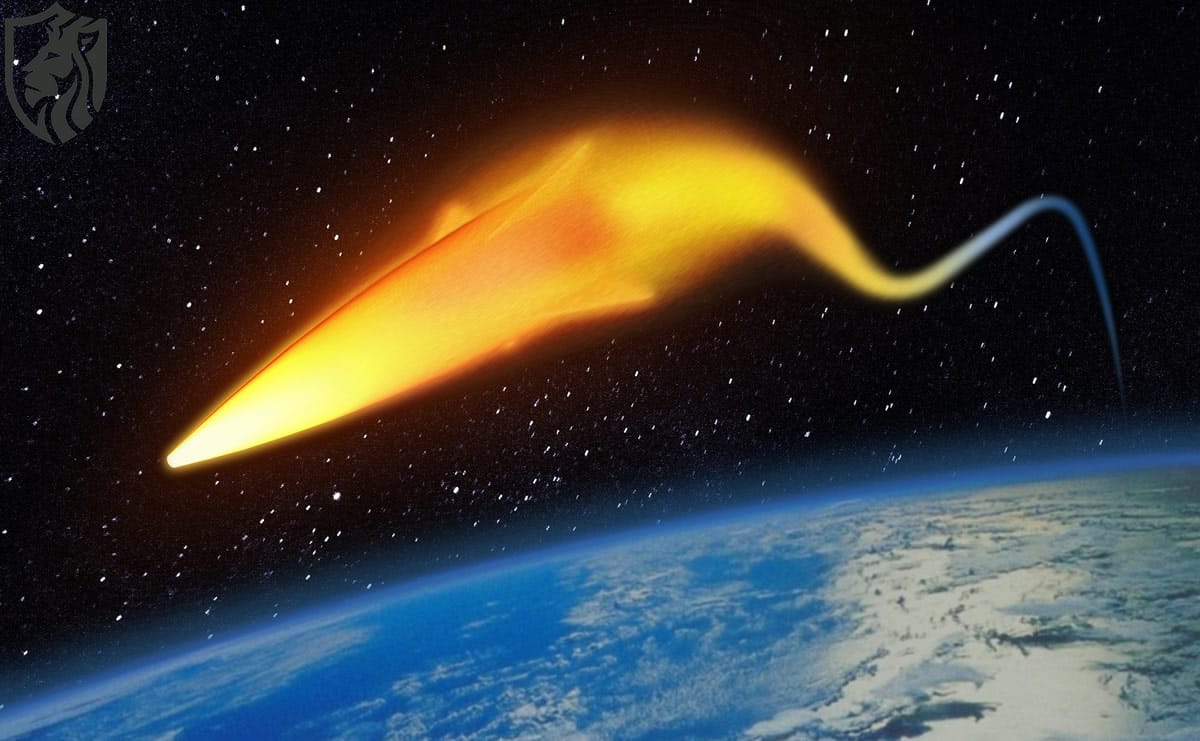
3) Thermal effects
Hypersonic flight builds a hot boundary layer and ablates surfaces. At impact, kinetic energy becomes heat, igniting fuels and lubricants. Hangars, ship compartments, or shelters can suffer secondary fires.
4) Penetration dynamics
Long, dense penetrators—tungsten alloys, carbon–carbon, or ultra-high-temperature ceramics—hold shape longer and drive deeper. They deliver energy into buried volumes, threatening hardened C2 nodes and aircraft shelters.
Bottom line: For a hypersonic hit-to-kill round, lethality comes from momentum, spall, and heat concentrated on a precise aimpoint.
Accuracy is the new explosive
- Explosives: excuse a few meters’ error. Pure kinetic effects do not. Therefore, terminal accuracy becomes the primary focus.
- Guidance and sensing: Designers blend inertial navigation with stellar or GNSS mid-course updates, then switch to radar, imaging infrared, or scene-matching optical correlation in the endgame. Crucially, seekers must operate through plasma sheaths and hot flow fields.
- Aero-thermal design: Blunted leading edges reduce heating; chines, strakes, and body flaps provide control at high dynamic pressure. Materials must survive extreme heat loads without losing shape.
- Actuators and control laws: Vehicles need millisecond-scale authority to pull high-g corrections in dense air without structural failure.
- Data links and autonomy: When RF blackout occurs, predictive guidance must bridge the gap. The vehicle then reacquires and dives precisely onto the aimpoint.
This stack turns hypersonic hit-to-kill from a propulsion story into a software-and-materials triumph.
Target sets where kinetic energy shines
Warships
A direct strike can rupture topside sensors, damage VLS hatches, and compromise firefighting. Hits on flight decks, elevators, or mission bays can mission-kill without sinking the hull. Follow-up shots exploit degraded sensors and damaged damage control.
Runways and airbases
Kinetic cratering rapidly closes runways. Re-attacks, re-crater repairs and overwhelm rapid-runway-repair teams. Secondary strikes can target arresting gear, fuel lines, shelters, and parked aircraft.
High-value radars and C2
Large, fragile radar faces are exposed. A hit can shatter arrays, power conditioning gear, and cooling. The defended sector can go “blind” in minutes.
Infrastructure
Bridges, fuel depots, transformer farms, and port cranes are vulnerable to momentum-driven damage. Repair timelines are often long due to bespoke components.
Hardened and buried sites (with caveats)
Long-rod penetrators at hypersonic speed breach many—though not all—hardened structures. Deep, shock-isolated facilities remain challenging and may require multi-axis or sequential attacks.
How defenders respond
- Disperse and decoy: Frequent hide-moves and credible decoys raise the attacker’s cost per effect.
- Harden smarter: Layered doors, sand-and-foam shock absorbers, and sacrificial panels reduce internal spall. Separated, shock-mounted racks improve survivability.
- Active defence: point-defence interceptors and non-kinetic dazzlers can degrade terminal accuracy by jamming seekers or damaging control surfaces. However, the cost-exchange is harsh.
- Rapid repair: Pre-positioned runway kits, modular radar panels, and spare power modules compress recovery time and blunt the operational payoff.
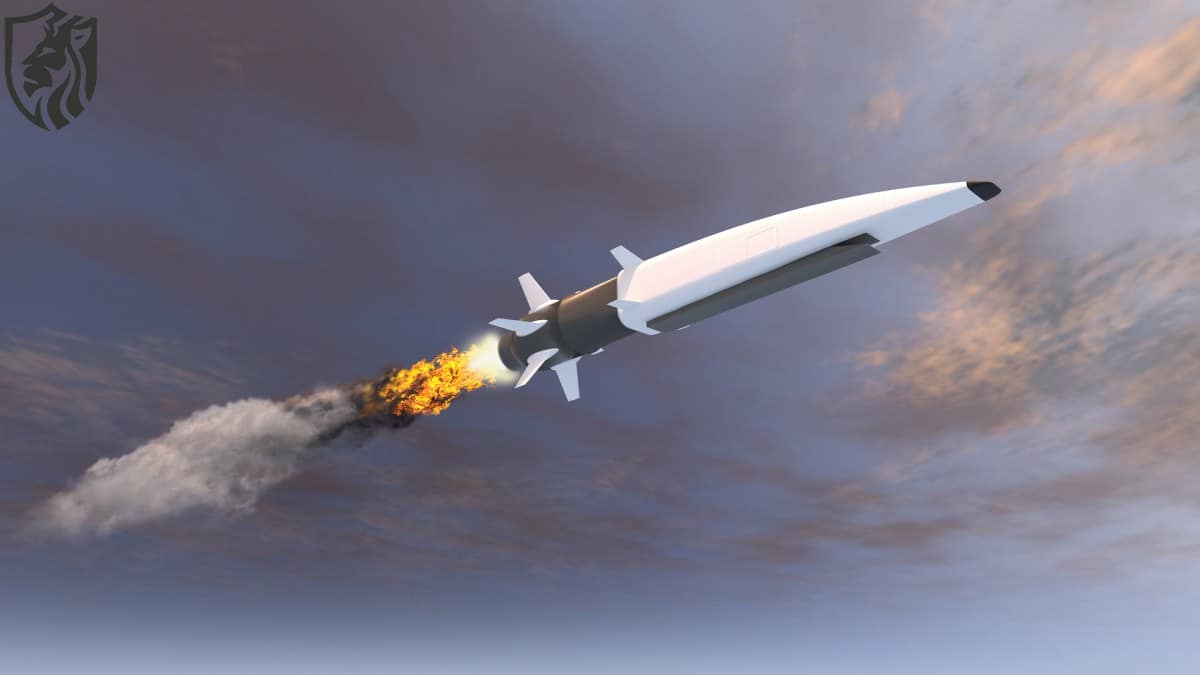
Strategic and legal implications
A non-explosive strike can still be strategically decisive. In flight, silhouettes may resemble nuclear systems, which elevates escalation risk. Arms-control regimes also face identification and counting challenges when test vehicles and operational rounds share signatures.
Furthermore, commanders must still weigh proportionality and discrimination under the Law of Armed Conflict. Kinetic-only options may reduce some hazards yet still produce debris, fires, and cascading failures.
Important Engineering trade-offs
- Mass budgeting: More structure and thermal protection improve survivability and penetration but may reduce range unless propulsion margins grow.
- Seeker hardening: Windows and apertures must endure searing heat without distorting imagery or absorbing crucial RF/IR energy.
- Terminal manoeuvres vs. drag: aggressive weaving improves survivability and accuracy but spikes heating and shortens reach.
- Cost per shot: Ultra-high-temperature materials, precision actuators, and rigorous testing are expensive. Even so, a single mission kill can sustain a favourable price exchange.
Compares to explosive warheads
Explosive warheads deliver blast and fragmentation over an area, forgiving modest miss distances. Kinetic-only hypersonics deliver surgical certainty at the impact point, with excellent stowage safety and no fuze complexity. Against point targets—ship sensors, runway nodes, radar arrays—pure KE is brutally efficient.
Against dispersed area targets, traditional blast fragmentation or submunitions remain better suited. In practice, forces will mix inventories: compact unitary warheads for flexibility alongside pure hit-to-kill rounds for maximum penetration and simplified logistics.
Conclusion
At hypersonic speed, the missile is a warhead. Velocity converts mass into decisive effects that crater runways, shred radar arrays, and mission-kill ships without explosives.
The real challenge is not merely arriving fast, but arriving precisely: materials that do not melt, seekers that do not go blind, and control laws that do not falter in the final seconds. Get those right, and hypersonic hit-to-kill weapons offer a clean, potent, and strategically significant tool.



